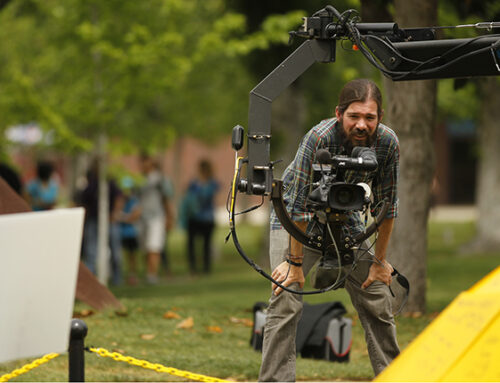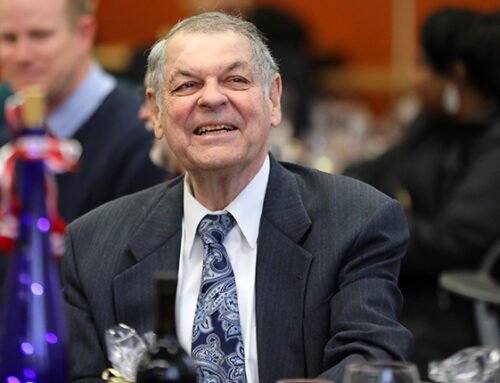Faculty and students from California State University, Fresno are actively involved in the work of the biggest-in-the-world Large Hadron Collider (LHC) in Geneva, Switzerland, which Wednesday passed its first major tests.
Dr. Yongsheng Gao, an assistant professor of physics, has been involved with the collider program for nearly six years. He joined the Fresno State faculty in 2007 to lead the university’s participation in LHC research.
Fresno State is one of only two schools in the 23-campus California State University system participating in direct research at the LHC. “Our students enjoy the same privilege on ATLAS and CERN as other students from top U.S. ATLAS institutions such as Harvard, Yale, MIT, Columbia and the University of California, Berkeley,” he said.
With Dr. Ralph Hall, an associate professor of physics, Gao has worked with five Fresno State students as part of the ATLAS experiment, a worldwide collaboration of physicists, at CERN (European Organization for Nuclear Research).
During the summer, the students spent six weeks in Geneva working and learning. “They improved and developed tools to control and monitor the ATLAS detector,” Gao added. “The students gave talks about their work at CERN and their tools are used by ATLAS physicists from all over the world.”
The Fresno State team returned before Wednesday’s successful inaugural firing of two proton beams at each other over a 17-mile underground track constructed at a cost of $10 billion.
Gao said plans are in the works to expand opportunities for faculty and students to benefit from Fresno State’s participation in LHC research through travel and study and extension of the work into other academic disciplines at the university.


